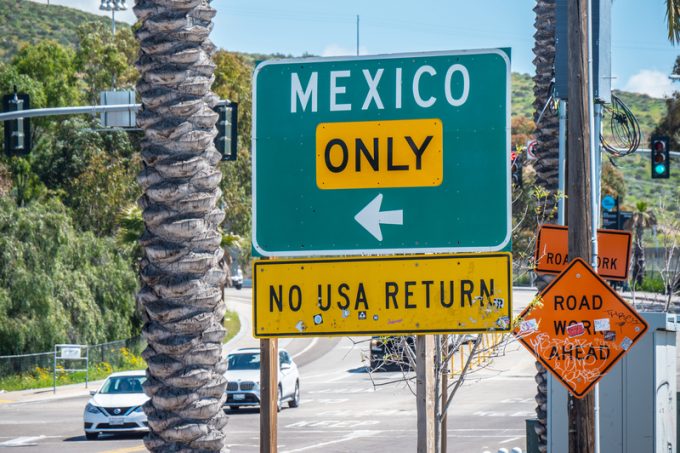Canada and Mexico get cosy with trade plan to bypass US
Canada and Mexico are closing in on a scheme to bypass the US to reduce ...

Delays have eased at US-Mexico border crossings, but logistics providers warn that it is still slow?going on northbound routes, and that it will take weeks before border dwell times are back to where they were pre-April.
“Timelines are better than three or four weeks ago. We were experiencing seven ...

Comment on this article